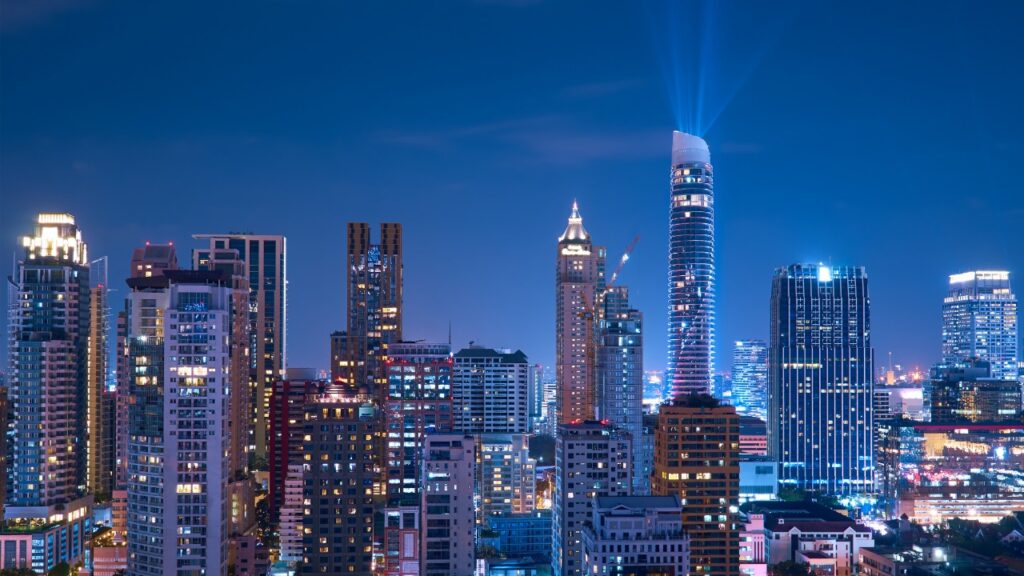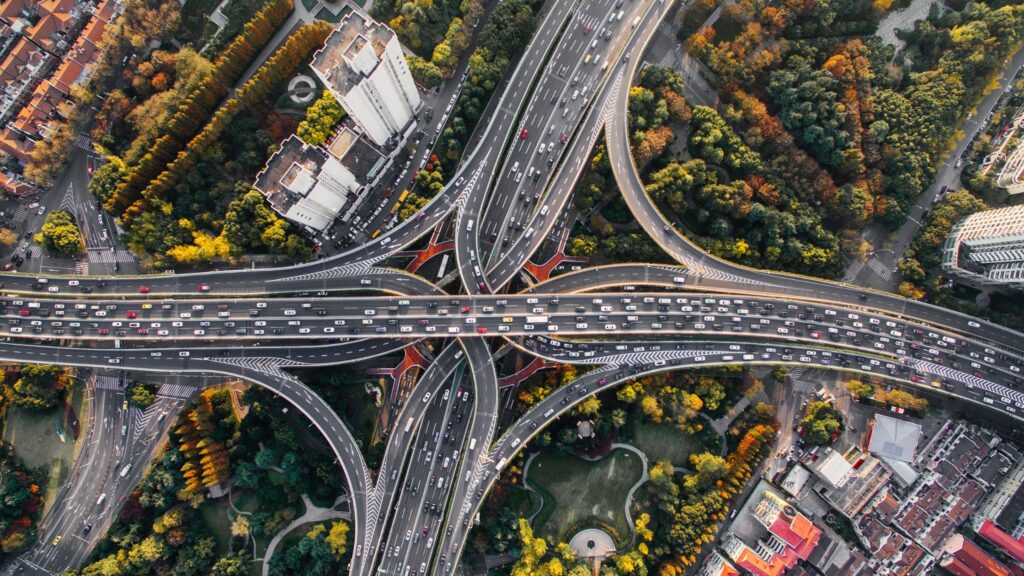Top 5 Smart Cities Projects in India: Lessons and Insights
India’s urban future is being redefined through the ambitious Smart Cities Mission, a program focused on integrating technology, sustainability, and citizen-centric approaches into urban infrastructure. Five cities—Bhubaneshwar, Indore, Pune, Ahmedabad, and Coimbatore—stand out as exemplary projects in this transformation. These cities provide valuable insights into how urban areas can achieve growth, sustainability, and modernization while addressing local challenges. Bhubaneshwar: Pioneering Urban Transformation As the first-ranked smart city in India, Bhubaneshwar showcases how comprehensive urban planning can transform a region. Home to various education establishments and Special Economic Zones Pune is a beautiful city. Key Highlights of the city after integrating with Smart City Project: Home of education zones and Special Economic Zones. IT incubation center, Golden Quandrangle NH – 5. Intelligent City Operations and Management Center enhancing Urban Management 1,260 crores INR investment in Janpath Government Housing Redevelopment. 2 Phase Railway station Multi modal Hub. Cycle Highways and public bicycle sharing. City wifi and smart metering systems Achievements: Smart infrastructure like Intelligent Traffic Management Systems (ITMS). Area-based development projects, including greenfield and brownfield initiatives. Lessons: The city emphasizes a citizen-centric planning model, integrating modern technology with urban needs to enhance livability. Indore: Cleanest City Meets Smart Technology Indore combines its reputation as the cleanest city in India with cutting-edge smart city projects. Indore has the best waste management programs. Places for education like IIT and IIM create jobs and help in growth of property. Key Highlights of the city after integrating with Smart City Project: 238 crore rupees of slum housing redevelopment. 615 crore rupees in development of parking infrastructure. 1418 crore rupees of real estate development Road and river bridges development of worth 159 crores. IT and command centre of 93 crores Technological Advancements: IoT-enabled waste management systems. Real-time water distribution monitoring for optimized resource usage. Lessons: Indore demonstrates how strong public engagement can lead to the successful implementation of smart technologies in city management. Pune: Redefining Public Services Pune has leveraged its status as a tech hub to introduce innovative urban solutions. Key Highlights of the city after integrating with Smart City Project: Fast growth due to educational zones and development of Special Economic Zones. Smart city proposal encompasses twin city Pimpdi -Chichiwad and along with 2 places. Road widening and development worth 190 crore INR. Traffic Control System and Intelligent transport management systems. Key Initiatives: Deployment of electric buses and integrated traffic management. Energy-efficient street lighting and digital governance. Lessons: Pune’s focus on mobility highlights the importance of integrating transport solutions with urban development for sustainable growth. Ahmedabad: Balancing Heritage and Modernity Ahmedabad is a prime example of how smart solutions can coexist with cultural heritage preservation. Key Highlights of the city after integrating with Smart City Project: Development of Intermodal Hub of 125 crores INR. Development of residential and allied development worth 385 crores. Innovations: Heritage restoration combined with ICCC (Integrated Command and Control Centre) implementation. Renewable energy projects and water metering initiatives. Lessons: The city’s approach underlines the need for striking a balance between modernization and historical preservation in urban planning. Coimbatore: Sustainability at Its Core Key Highlights of the city after integrating with Smart City Project: Lake developmental Project worth 15 Crore INR. Development of Cycle and Walking tracks of worth 18 crore INR Housing and Social Infrastructure of worth 192 crore INR. Coimbatore leads in embedding sustainability into its smart city projects. Notable Projects: Solar power installations to reduce dependence on non-renewable energy. Real-time utility monitoring and efficient water management systems. Lessons: Coimbatore demonstrates that focusing on sustainability ensures scalable and future-proof urban development. Key Lessons from India’s Smart Cities The experiences of these five cities reveal several key insights for urban transformation: Citizen-Centric Approaches: Public participation is critical for successful execution. Data-Driven Decision Making: Leveraging real-time data ensures efficient resource allocation and management. Scalability and Replication: The ability to replicate successful models is essential for broadening the impact of smart city initiatives across India. Conclusion India’s Smart Cities Mission showcases the potential of technology-driven urban infrastructure and sustainable projects. Bhubaneshwar, Indore, Pune, Ahmedabad, and Coimbatore serve as blueprints for future smart cities, combining innovation, sustainability, and inclusivity. By learning from their experiences, India is well-positioned to lead the global urban transformation movement.
Top 5 Smart Cities Projects in India: Lessons and Insights Read More »

